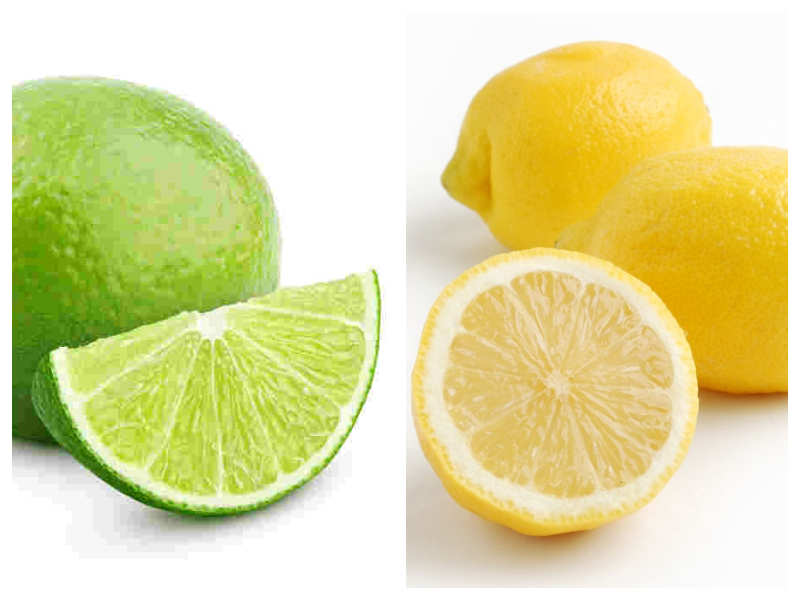Limes and lemons, both popular citrus fruits, are staples in kitchens around the world, cherished for their acidic zest and vibrant flavors that enhance a variety of dishes and drinks. Despite their similarities, these fruits have distinct characteristics that set them apart. Here’s a breakdown of the differences between limes and lemons:
1. Appearance
- Limes: Typically smaller than lemons, limes are usually 1-2 inches in diameter. They have a bright green skin when fully ripe, though some varieties turn yellow. The flesh is green, and they can be either round or oval.
- Lemons: Lemons are larger, about 2-3 inches in diameter, with a bright yellow skin when ripe. The flesh is pale yellow, and they have a more elongated shape compared to limes.
2. Taste
- Limes: They have a tart, vibrant, and slightly sweet flavor, especially when ripe. Some varieties, like Key limes, have a more intense acidity and a floral aroma.
- Lemons: Lemons are known for their bright, sour taste with a slightly sweet undertone. The acidity is usually more pronounced than in limes, giving them a distinctive zesty flavor.
3. Nutritional Content
Both limes and lemons are low in calories and rich in vitamin C, though lemons contain slightly more vitamin C than limes. Lemons also have a higher sugar and potassium content, whereas limes contain slightly more vitamin A.
4. Culinary Uses
- Limes: Often used in Mexican, Thai, Vietnamese, and Indian cuisines, limes add a fresh burst of flavor to savory dishes, desserts, and beverages. Key lime pie, for instance, is a classic dessert that specifically requires the use of Key limes for its unique taste.
- Lemons: Lemons are versatile in their use, enhancing both sweet and savory dishes in various cuisines worldwide. Lemon juice is a key ingredient in lemonade, and lemon zest is commonly used to add flavor to baked goods, sauces, and marinades.

5. Cultural Significance
- Limes: In many tropical countries, limes are more commonly used than lemons and are integral to the local cuisine.
- Lemons: Widely used in Mediterranean, Middle Eastern, and American cuisines, lemons have been cultivated for their culinary and medicinal properties for centuries.
6. Varieties
- Limes: There are several varieties of limes, such as Persian (Tahiti) limes, which are the most common, and Key limes, which are smaller and more aromatic.
- Lemons: Common varieties include Eureka and Lisbon, which are virtually indistinguishable from each other, and the Meyer lemon, which is a sweeter hybrid of a lemon and a mandarin orange.
Conclusion
While limes and lemons share many similarities, including their high vitamin C content and culinary versatility, they differ in taste, appearance, and certain nutritional aspects. Their unique flavors and characteristics make them indispensable in cooking and baking, offering distinct tastes and aromas that enhance a wide range of dishes. Whether you prefer the tartness of a lime or the zesty flavor of a lemon, both fruits offer endless possibilities for culinary creativity.



